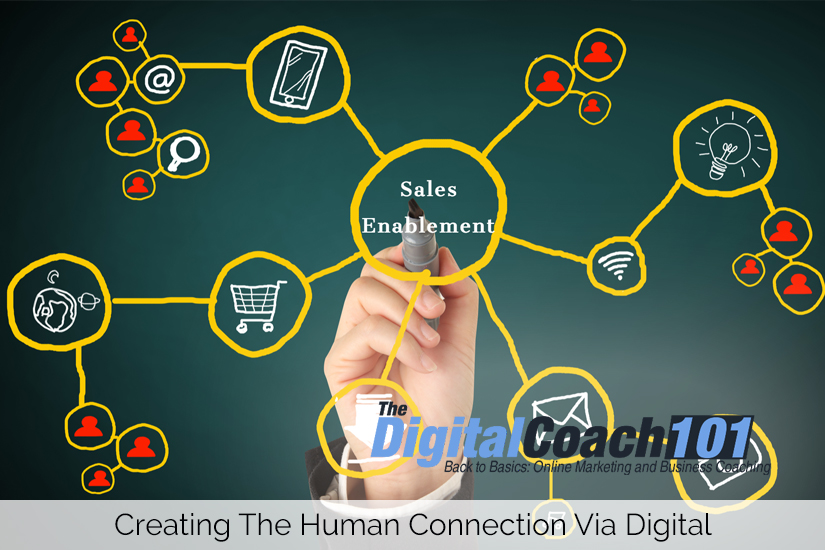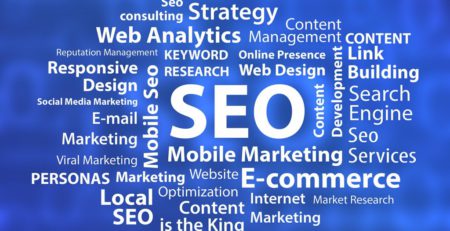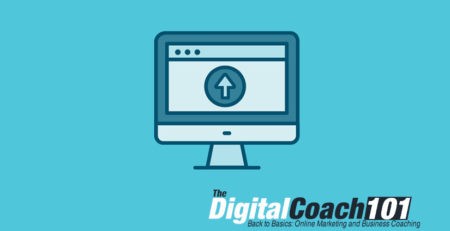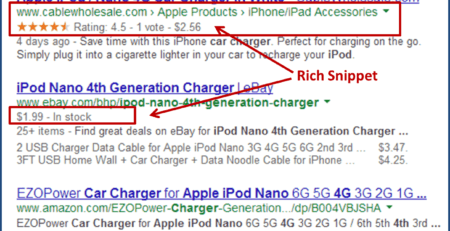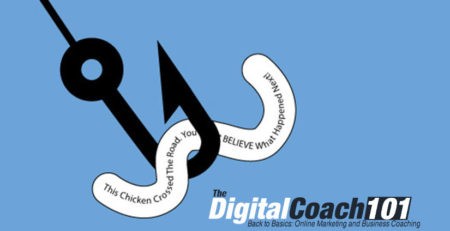What is Sales Enablement? How Does it Affect Your Business?
Sales enablement. Another business buzzword to make you spend more money on self-proclaimed consultants? Maybe. Or possibly a trendy label for something that we should have been doing all along.
We’ve looked into this for ourselves to establish whether the concept has merit, and – well – to see what the fuss is all about.
We discovered some interesting facts that we’d like to share with you so you can determine whether there are holes in your sales systems that need plugging, or if you can afford to be a little smug.
What is Sales Enablement?
Sales enablement is defined as a business strategy that provides your sales team with the resources they need to be as effective as possible. These resources can take the form of tools, information, or content – basically whatever they need to convert leads into sales and keep customers happy.
So, we understand the definition but what does this look like in the real world?
Sales Enablement in Practice
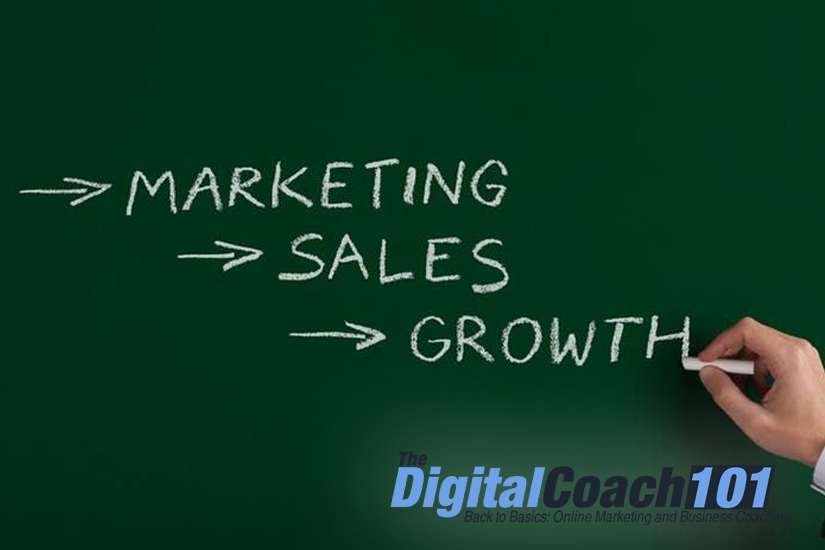 At some point in our lives, we’ve all been subject to a salesperson telling us that they need to talk to their manager in order to clear a reduced price or something similar. While this may be a popular (and inefficient) sales tactic, it can also simply be an example of a business that needs to employ an enablement program for its team.
At some point in our lives, we’ve all been subject to a salesperson telling us that they need to talk to their manager in order to clear a reduced price or something similar. While this may be a popular (and inefficient) sales tactic, it can also simply be an example of a business that needs to employ an enablement program for its team.
The best sales enablement processes are those that give your team the knowledge, autonomy, and data to look like superheroes in front of their clients.
Tools
The tools that you choose to support and enable your sales team will depend on your organisation and product. One thing remains constant though: they need to centre around the buyer.
Using the customer needs and journey as a cornerstone gives your team a laser focus on who your customers are, what they need, when they need it, and how they best consume information. Offering an arsenal of tools to your salespeople gives them the ability to satisfy a customer no matter where they are in the funnel.
Hubspot comments on the tech tools that can be included in your sales enablement program, noting some pretty awesome (free) tools to enhance communication within the team and automate some systems. Included in this list is:
- Hubspot CRM – an excellent high-level collaboration and marketing tool.
- Outreach – to optimise customer lifecycle and team engagement.
- Seismic – collaboration between sales and marketing for maximum conversions.
- Zendesk – enabling real-time communication and tracking of customers.
Content
Omnichannel marketing is a fast-growing and useful way of communicating to your customers no matter where they are. Perhaps they start on Facebook but only buy when they’re in-store once prodded by a newsletter. You simply never know where your next sale is likely to come from or which piece of content triggered an action.
Therefore, it makes sense to work closely with your marketing team to create the best, most useful, high-quality content that will deliver your message to your customers, time and again.
What sort of content would you craft for your sales enablement system?
- Blog posts are a non-intrusive way to communicate ideas, tell stories, highlight products, and display authority in your given niche. Work with your marketing team to determine what topics your customers are searching for and answer those questions by using well-written, engaging content.
- White papers are another quietly useful tool that can be used again and again to prove the value of a product or service in a non-salesy way.
- Webinars are an easy-to-consume way of showing customers who you are in a friendly way, inviting questions and discussion around a topic. Recorded webinars are also a brilliant tool to keep available on your website and allow your customers to refer to them when they have questions.
- Given that over 65% of the world’s population are visual learners, videos and graphics are an excellent way to reach them. Infographics, whiteboard animations, and short explainer videos can be used as a powerful way to educate a customer in 2 minutes or less.
- Case studies are incredibly valuable bottom-of-funnel tools that can help a potential customer jump into your shopping cart. Proven facts and figures from a known company showing successes based on empirical data is enormously powerful.
- Newsletters are a simple and effective way to support your sales team. These gentle reminders of your products or services sent regularly to a pool of potential buyers keep your company front of mind and make for a warmer response to your team.
Training
It can be very demoralising for a Sales Manager to spend months on setting up an iron-clad sales enablement strategy, only for the team to ignore it completely. This points to the importance of adequate training to ensure that your team know what resources they have at their disposal, what their purpose is, and how to use them.
Understanding new tech and evolving systems on top of their day-to-day workload may look like a headache for your team. However, when they understand why they are doing things a certain way and what the benefits are, you’ll see some seriously useful buy-in.
For instance, even the best CRM tools won’t work if the team don’t see their value. Resistance from those who prefer the old ways of doing things, who feel like CRMs are a waste of time, or that they are being monitored is all too common. Ongoing training on your proposed systems and processes are essential to avoid throwing your money into software or marketing collateral that your sales team don’t quite get.
Backup
Not all of your salespeople will be superstars. Every sales team will have those few overachievers and the balance made up of plodders and average Joes. Whatever the situation in your company, effective sales enablement means that your entire sales team will have the backup of the rest of the company.
Salespeople bring in the customers and, by extension, the money. But any member of your team can be responsible for losing a customer. This illustrates the importance of a sales enablement program that includes each and every member of your organisation, from the receptionist to the debt collection department. When you’re all singing from the same hymn sheet, so to speak, there is less chance of miscommunication resulting in happy, long-term customers.
Simply put, those who are not directly in sales should consider themselves part of sales support, as each person in your business will benefit from the success of the sales team. Encourage contributions from other departments in terms of customer feedback, or areas of improvement.
Test and Measure
Any Sales Manager worth their salt will know that it’s essential to track the use of the tools and content that you’ve made available to the team and make sure it’s working.
What metrics do you measure in your business? The number of sales, percentage of quota, average deal size? Whatever it is, the assets that you set up need to work alongside these metrics. Only then can you establish whether your sales enablement systems are working, and how well.
Keep a close eye on how your team use the tools you have given them, and make time for regular meetings to tweak systems or add assets as the team evolves into this new space. Accurate data and regular reporting are your new best friends.
Sales and Marketing are Bedfellows
Sales and marketing should be working hand in hand to find and use any content or assets that would benefit the customer and assist them in their buying decision. It makes sense, don’t you think, for the sales team to sit with the marketing team and unpack what their audience really wants.
Marketing can offer stats on user behaviours, online habits, search terms, and trends. Sales can offer information on customer questions, problems that they have experienced, or reviews on products or services. Together, these two teams have all the information they need to drive bigger and better sales – it’s up to management to make sure this happens and to support the process.
Where to From Here?
Scanning through this information, are you comfortable with the systems that your team has in place? Do you feel that your sales team are well and truly enabled?
It’s worth remembering that business is fluid and the landscape is constantly shifting. Therefore, you’ll never ‘get there’ but your sales enablement will be a constant work in progress.
We’d like to invite you to chat with our team and unpack areas that you need assistance. Creating valuable, evergreen content – we know – is a challenge for many businesses. Automating some systems for regular, quality engagement is another tricky area.
Give us a call and let us fill in the gaps.

